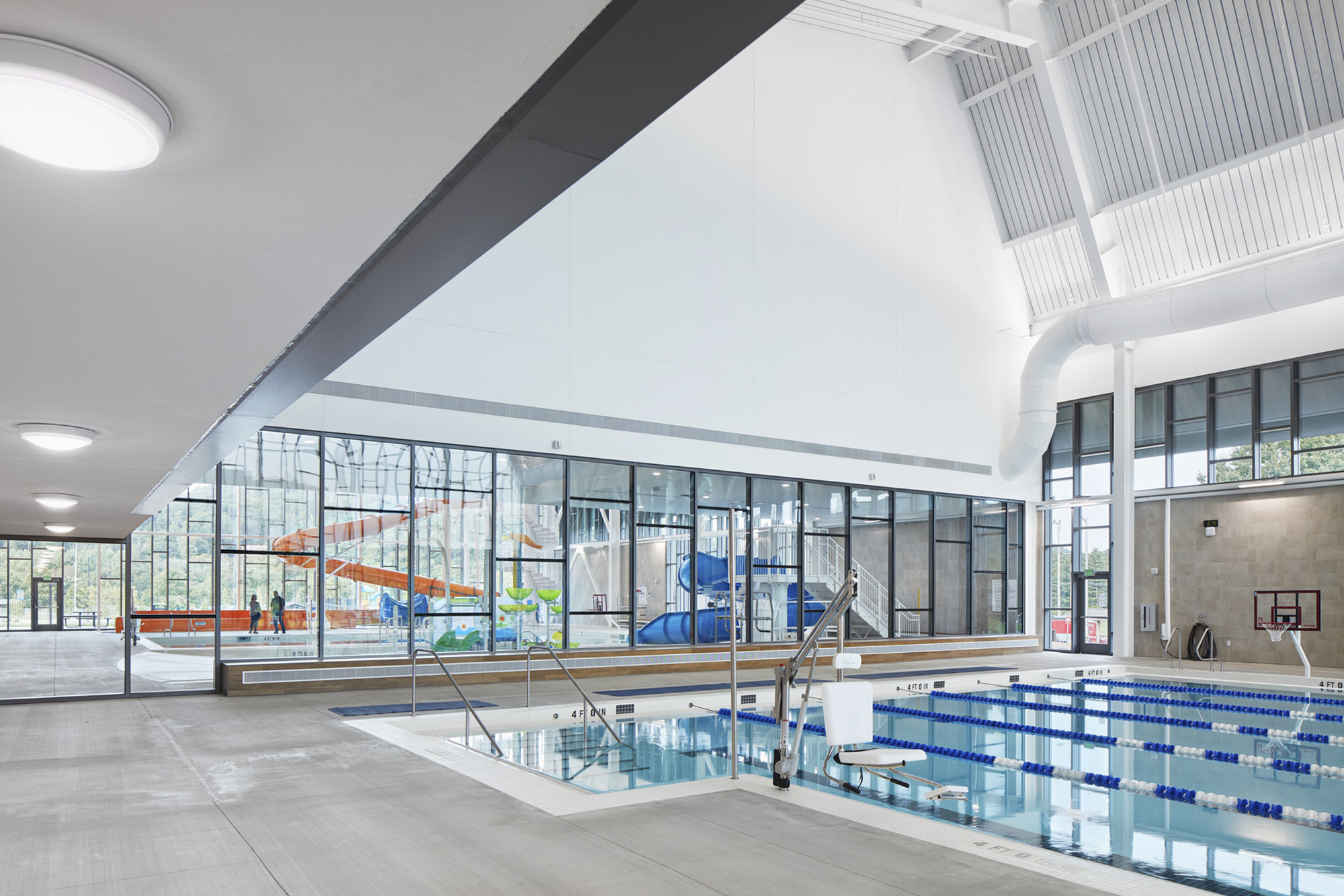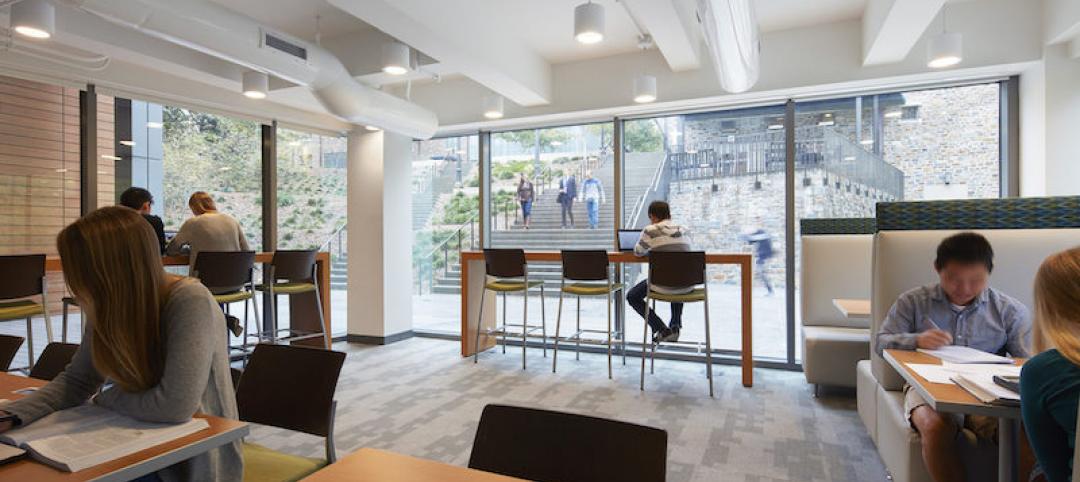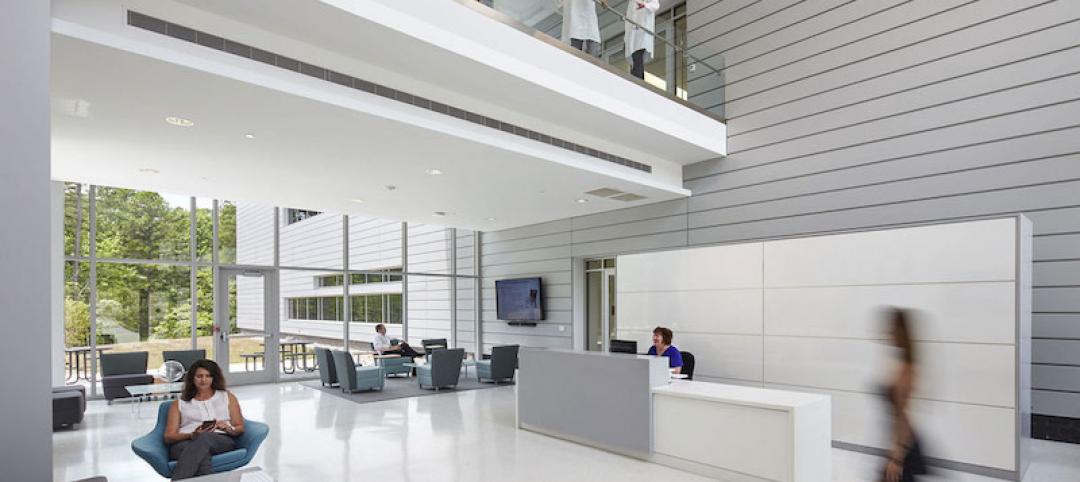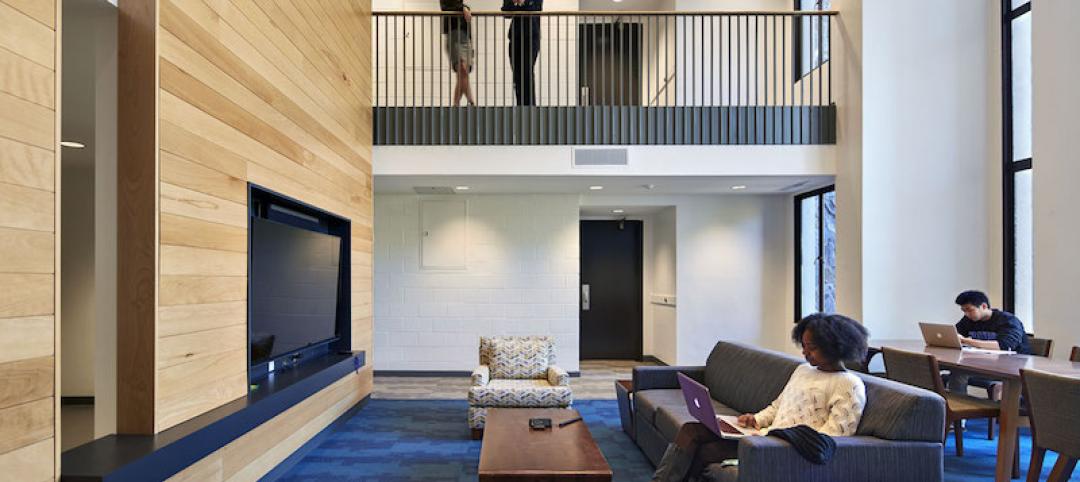Pools have become essential components of communities worldwide, offering a means for individuals to unite, unwind, and enjoy themselves. When designing aquatic spaces, it is integral to collaborate with the community and analyze the project requirements to execute the common goal. While some clients understand the local communities’ needs, others may require a more tailored approach.
In the case of the Dr. Wesley Grant Southside Rec Center, the building is in a historically Black neighborhood impacted by redlining. For the local community, close collaboration with the city, planners, and Clark Nexsen gave them a voice and allowed them to identify the unique needs of their historic neighborhood.
There are several considerations clients need to think about when planning for a pool, such as the budget for the pool, the amount of water surface available, and the chemical(s) to treat the pool. These factors are not only integral to creating aquatic spaces but are also important to solve at the beginning of the project to prevent issues later in the design process.
Additionally, when considering a project for a client, it is crucial to emphasize the importance of effectively separating the different wet and dry environments. For instance, careful consideration should be given to the placement of locker rooms, as they will naturally have more water exposure compared to locker rooms near the gym, even if both areas include shower facilities.

Community Benefits
Having an aquatic space within a recreation center offers several notable advantages. Firstly, it provides the community with additional space to explore and discover new hobbies. Moreover, it serves as a platform for swimming lessons and drowning prevention education, which are crucial skills for personal safety.
Also, the pool provides a safe environment where a lifeguard is often visible. The pool offers a controlled setting with appropriate water depths, making it an ideal space where children and adults can benefit from swimming lessons. The very presence of an aquatics center can create employment opportunities for community members, particularly during the summer season, which not only stimulates the local economy but also encourages community engagement.
Additionally, these centers often become the focal point for local schools and aquatics organizations needing a place to host training sessions and swimming meets.

Aquatic Inclusivity and Accessibility
Lastly, inclusive and accessible pools are essential for every community. Features such as zero entry and wheelchair access have the potential to break down demographic and physical barriers in a community. For example, the Watauga County Community Recreation Center provides multiple avenues of pool entry, such as a traditional pool ladder, gradual step entry, and a pool lift.
Minimal barriers to its aquatics center have enabled all of Watauga County’s Rec Center members to enjoy aquatics activities. An aquatics space is also more accessible for older populations, such as seniors. According to American Senior Communities, water exercises like swimming are ideal for older adults because they are a total body workout, low impact, and present little risk of injury. These health benefits are unique to aquatic centers and complement other components of a recreation center, providing the community with a dedicated space to exercise, socialize, and enhance their overall well-being.
Community centers with pools can reestablish a sense of community and become a focal point for social interactions, contributing to the overall healing and growth of the community. The benefits extend well beyond physical healing as they can reintroduce a sense of community for the residents around it. Places like the Dr. Wesley Grant Southside Rec Center and Watauga County Community Recreation Center stand as a cornerstone of their neighborhoods, poised to flourish and positively shape the future for years to come. The social commitment and impact these centers represent is a symbol of hope, healing, and community progress.
More from Author
Clark Nexsen | Sep 30, 2024
The importance of selecting healthy materials for K-12 projects
Clark Nexsen interior designers Anna Claire Beethoven and Brittney Just, CID, IIDA, LEED Green Associate, share why it is imperative to specify healthy building materials in K-12 schools.
Clark Nexsen | Aug 1, 2024
How current and future trends are shaping the libraries of tomorrow
Over the last few years, public libraries have transitioned from being buildings that only store and lend books to being fully featured community centers.
Clark Nexsen | Oct 2, 2023
4 design strategies for successful K-12 magnet schools
Clark Nexsen's Donna Francis, AIA, Principal, and Becky Brady, AIA, share four reasons why diverse K-12 magnet schools require diverse design.
Clark Nexsen | May 17, 2023
Designing K-12 schools for students and safety
While bullying, mental health, and other acts of violence are all too common in schools today, designers have shown that smart and subtle preventive steps can make a big difference. Clark Nexsen’s Becky Brady shares how prevention and taking action at the design level can create safe and engaging learning environments.
Clark Nexsen | Jul 1, 2022
How to apply WELL for better design outcomes
The International WELL Building Institute (IWBI) cites attracting top talent, increasing productivity, and improving environmental, social or governance (ESG) performance as key outcomes of leveraging tools like their WELL Building Standard to develop healthier environments.
Clark Nexsen | Jun 3, 2021
What's next for workplace design?
Balancing personal space and the need for collaboration.
Clark Nexsen | Apr 1, 2021
The changing face of freshman and sophomore student housing
As part of a surge in new housing projects for freshman and sophomores, we are seeing increasing demand for double occupancy rooms and suite-style arrangements in both new construction and renovation projects.
Clark Nexsen | Feb 17, 2021
Best practices for streetscape design that cultivates community
Well-designed streetscapes provide a wealth of benefits for their respective communities.
Clark Nexsen | Oct 20, 2020
Best practices in S+T office design
Within the constraints of the typical COVID-19 office protocols, lab users face the additional challenge of working with hands-on processes, tight schedules, and shared resources.
Clark Nexsen | Aug 3, 2020
5 reasons universities are renovating student housing
Clark Nexsen’s Student Life practice leader, Peter Aranyi, discusses the benefits of renovation and why it offers particular value to campuses nationwide.
















